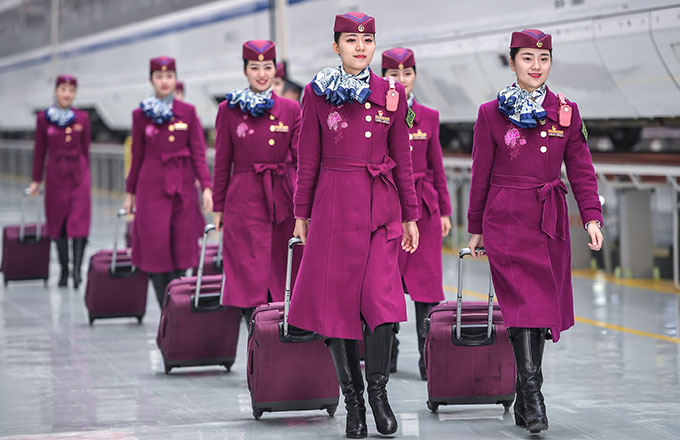The real reason why Asia hasn't won a World Cup
The World Cup will be lifted by either Argentina or Germany in a day. Between them, the Europeans and South Americans have won all the 19 Cups and the 20th will see one or the other do it again.
Where does that leave Asian teams? None of the four teams from the Asia region (Iran, Japan, South Korea and Australia) could qualify for the round of 16 at this World Cup. Worse, they couldn't win even a single game in the group stages.
This is shocking, especially because according to FIFA, in 2006 Asia had 85 million soccer players, more than the combined number of North, Central and South America and the Caribbean, and a whopping 20 million more than in Europe.
Despite these facts and the mass popularity of soccer, Asian countries will continue to watch others lift the Cup unless there is a paradigm shift in the way Asia looks at developing future soccer players.
The unfortunate reality is that millions of young Asian athletes start life at a disadvantage before they can even begin to dream about taking part in the World Cup.
"Across the region, boys and girls are not able to compete with their peers (from Europe and other continents) because they have been malnourished from the very beginning, lacking vital vitamins and minerals, called micronutrients, as well as macronutrients such as protein, fat and energy. Poor nutrition in the first 1,000 days of life, starting from the point of conception to a child's second birthday, can set back physical and mental development for a lifetime," says a report, "Fuelling Asia's Footballers for the Future", in One Goal (www.onegoal.asia), a campaign seeking to leverage the power of soccer to end child malnutrition in Asia.
According to the campaign, almost 200 million children in Asia are malnourished - the highest in any region of the world - and about 100 million of the world's 165 million children with stunted growth live in Asia. In particular, more than 40 percent of the children under 5 are malnourished in countries like Bangladesh, India, Laos and Nepal. At the same time, about 16.5 million children under 5 in Asia are either overweight or obese, and this number is expected to rise to 23.1 million by 2025.
"Poor nutrition from the start of life and an unhealthy lifestyle later in life are the reasons why Asia's children - future footballers - aren't able to compete equally with their international counterparts on the field," says Stefan Germann, executive director of the One Goal campaign.
The good news is that achievable change for millions of Asians is possible. One Goal's flagship report highlights growing agreement among nutrition experts and medical professionals on relatively simple interventions such as micronutrient supplementation, food fortification, and promotion of breastfeeding and nutrition education to combat problems such as low birth weight, stunted growth and obesity.
Moreover, these interventions are not only life saving, but also cost-effective. For example, vitamin A, a vital micronutrient, can be provided to 80 percent of children in developing countries for only $1.20 per child per year. This could reduce related child mortality rates by about 25 percent, saving more than 100,000 children's lives every year.
Investing in nutrition will give children a "sporting chance" in life for generations to come and may play a key role in building elite soccer teams in the future. But the investment will require commitment at multiple levels. Government, the private sector and communities all have important roles to play in seeking solutions where everyone can share the positive outcomes of development.
The One Goal campaign is a partnership initiative of World Vision, Asian Football Confederation, Global Alliance for Improved Nutrition, DSM and Asian Football Development Project that seeks to create awareness about child malnutrition in Asia and inspire and mobilize the soccer community to make efforts to increase the number of children in Asia who survive and thrive.
The campaign will also seek to leverage the power of soccer players as ambassadors to bring about policy change that strengthens health systems and national nutrition policies across the region while promoting grassroots soccer as a way of prompting young people to adopt a healthier lifestyle.
"Through One Goal we hope to bring together the more than 1.4 billion soccer lovers in Asia to create a movement for child nutrition and healthy lifestyle," says Stefan Germann. "This is a 10-year campaign that has the potential to transform nutrition in the region so that we can dream of ... an Asian team winning the 2022 World Cup."
The author is communications director, World Vision East Asia Region.
























